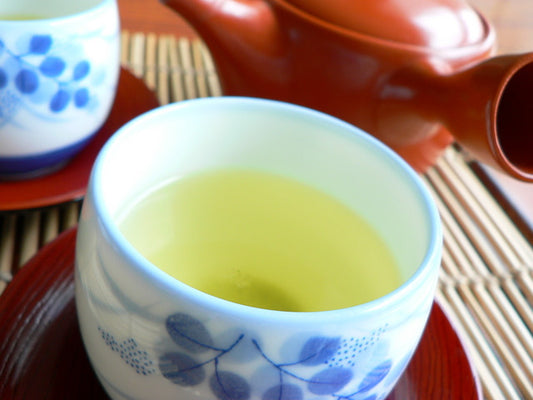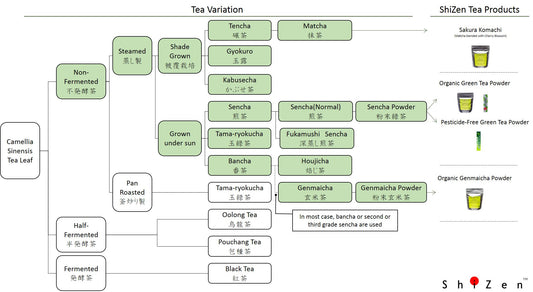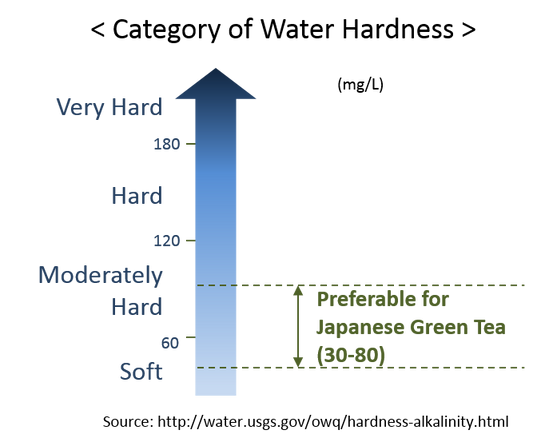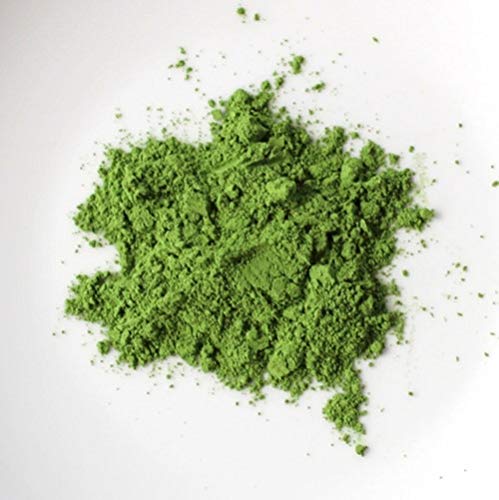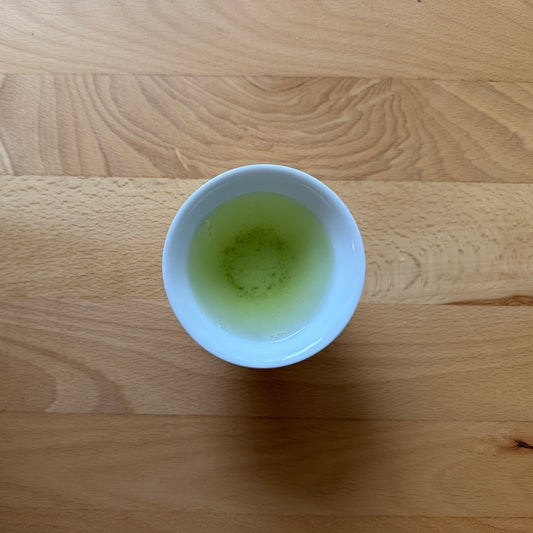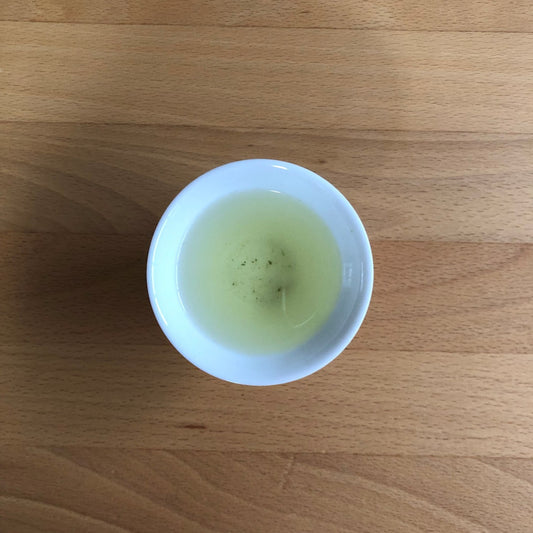Episode 2: From Medicine to a Way of Life
History and Early Forms of Powdered Tea in China
The origins of matcha can be traced back to China. During the Tang Dynasty [618-907], brick tea (dancha), a solid form of tea, existed. In the Song Dynasty [960-1279], a powdered form of tea, which is connected to modern matcha, was consumed. An early record of tea culture in Japan can be found in the Nihon Koki, which states that in 815, the monk Eichu returned from Tang China and presented decocted tea (sencha) to Emperor Saga. However, this was a form of tea made by brewing leaves, and the method of making matcha (ground tea) as we know it today was introduced later from Song Dynasty China by Eisai. It is said that what Eisai encountered in the Song Dynasty was not the solid tea consumed by the emperor, but the powdered matcha popular among the common people. The existence of this powdered tea and tea-drinking culture in China became the foundation for the development of matcha culture in Japan.

Tea Grinding" (detail) by Liu Songnian, Song Dynasty. (Image from Wikimedia Commons)
The introduction of powdered tea by Eisai was distinct from the way tea had been consumed in Japan before. While the decocted tea brought over during the Heian period [794-1185] was only a temporary trend, the powdered matcha introduced in the Kamakura period [1185-1333] took deep root in Japanese culture and underwent its own unique development. This difference is thought to be the result of a combination of factors: not just the form of the tea itself, but also the new preparation method of tencha (whisking powdered tea), the quality of flavor and aroma it produced, and a growing interest in its spiritual aspects. It can be said that the powdered form of tea played a crucial role in its later connection with Zen Buddhism and its acceptance in warrior society.
Introduction to Japan by Zen Master Eisai and Its Background
The direct origin of matcha culture in Japan begins in the early Kamakura period [1185-1333], when Zen Master Eisai (1141-1215), the founder of the Rinzai school of Zen, brought back tea seeds and the customs of tea drinking from Song Dynasty China. Eisai traveled to China twice, and during his Zen training, he came to deeply understand the importance of tea in the Zen monasteries of the Song Dynasty. In the Zen temples of that time, tea not only helped monks stay awake during meditation but also played an important role in a ceremony called sarei (tea ritual), which fostered a sense of community. Eisai brought this custom of tea drinking, which was inseparable from Zen culture, to Japan along with the teachings of Zen.

Portrait of Myoan Eisai. (Image from Wikimedia Commons)
Eisai's introduction of tea was more than just bringing a new beverage; it was positioned within the larger context of spreading Zen Buddhism. Tea was introduced to Japan as a practical drink to aid Zen practice and as a culture that embodied the spirit of Zen. This strong connection with Zen in the early stages was extremely significant in determining the cultural character of matcha in Japan thereafter. It created the foundation for viewing matcha not merely as a drink to quench thirst or a tool for socializing, but as a means for spiritual training and self-reflection.
The Role and Perception of Early Matcha in the "Kissa Yojoki"
The Kissa Yojoki ("Drinking Tea for Health"), written by Eisai between 1211 and 1214, is Japan's first specialized book on tea and is an essential document for understanding the role and perception of early matcha. The book consists of two volumes. The first volume explains the benefits of tea for the five vital organs (liver, heart, spleen, lungs, and kidneys). The second volume describes treatments using tea and mulberry for specific illnesses, such as insuibyo (a thirst disease often compared to modern diabetes).
At the beginning of the Kissa Yojoki is the famous phrase, "Tea is the elixir for preserving health, a wondrous art for prolonging life," positioning tea as an excellent medicine for health and longevity. This reflected the medicinal aspects of tea in the Song Dynasty at the time, and the book contains detailed descriptions of tea cultivation, production methods, and specific medicinal effects. There is an anecdote that when the third shogun of the Kamakura shogunate, Minamoto no Sanetomo, was suffering from a hangover, Eisai presented him with tea along with the Kissa Yojoki, and the shogun's condition improved. This story shows that the medicinal benefits of tea and Eisai's claims were beginning to be accepted by the ruling class.
The emphasis on tea's medicinal effects in the Kissa Yojoki can be seen as not just a medical description, but also a strategy for cultural acceptance. At the time, promoting the health benefits of the new custom of tea drinking from a foreign country would have been an attractive point, especially for the practical-minded warrior society and the aristocracy who wished for long life. Praising tea as an "elixir" gave matcha an aura of mystery and authority, which played an important role in its spread beyond Zen temples to a wider range of social classes. It is possible that this initial evaluation of tea as medicine served as a precursor to the later pursuit of spirituality in the tea ceremony culture.
The Development and Deepening of Matcha Culture in Japan
Matcha, brought to Japan by Zen Master Eisai during the Kamakura period [1185-1333], subsequently underwent its own development and deepening within Japan's climate and culture. The period stretching into the Muromachi period [1336-1573] was especially decisive for matcha to secure its unique position in Japanese culture. During this time, it permeated warrior society while deepening its connection with Zen Buddhism, a process that culminated in its perfection as the "Way of Tea" (Chado) by Sen no Rikyu.


